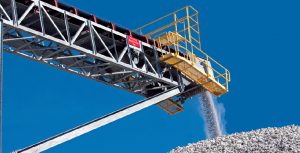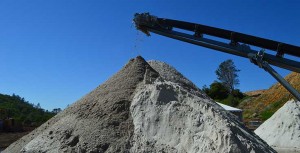Author
States supporting highways; federal bill less critical
The forecast changes in the past few months are negative for 2017 and positive for 2018 and beyond. Keep Reading
Aggregate demand expected to grow through 2017
Construction materials demand continues to increase for most areas of the country. Keep Reading
Aggregate outlook declines beyond 2017
Construction markets remain healthy along with a growing economy. Near term, the prospect of 3-plus percent GDP growth looks good; longer term they look worse. Keep Reading
Aggregate production forecast for 2017-22
Expect aggregate production to grow an average of 1.3 to 2.1 percent annually over the next five years. Keep Reading
Optimism prevalent across sectors, regions
Construction activity remains strong with all segments contributing to the improvements. Keep Reading
Factors to consider when forecasting
The economy is doing better and confidence is growing. This will translate into somewhat faster gross domestic product growth for 2017. Keep Reading
Expect continued small gains into 2017
After hopes of much higher growth for the second half of 2016, economy and construction are instead looking like more of the same slow growth. Keep Reading
Are we at a demand peak for aggregate?
We are now in the seventh year of increases in aggregates demand. Keep Reading
Aggregates demand to change beyond 2016
Aggregates consumption continues to make solid gains as shipments catch up with the prior surge in construction contracts. All construction segments added to demand in 2014 and 2015, with residential leading the way. It looks like the favorable conditions will extend into 2016 as consumers, businesses and government all enjoy higher revenues. Things will get a little tougher after 2016. Slowing world economic growth and the beginning of higher interest rates are the harbingers of the modest drop in demand. Residential will again be a leading indicator of the coming softness. While the residential news should be good for another 12 months, the news should change by the end of 2016. We don’t have many monetary tools left to boost demand, leaving the job to fiscal and regulatory changes. Since these are difficult to come by and take longer to impact local materials demand, a tougher business climate is expected for the 2017-2019 period. The good news is that the higher demand will continue for another 12 to 18 months,… Keep Reading












